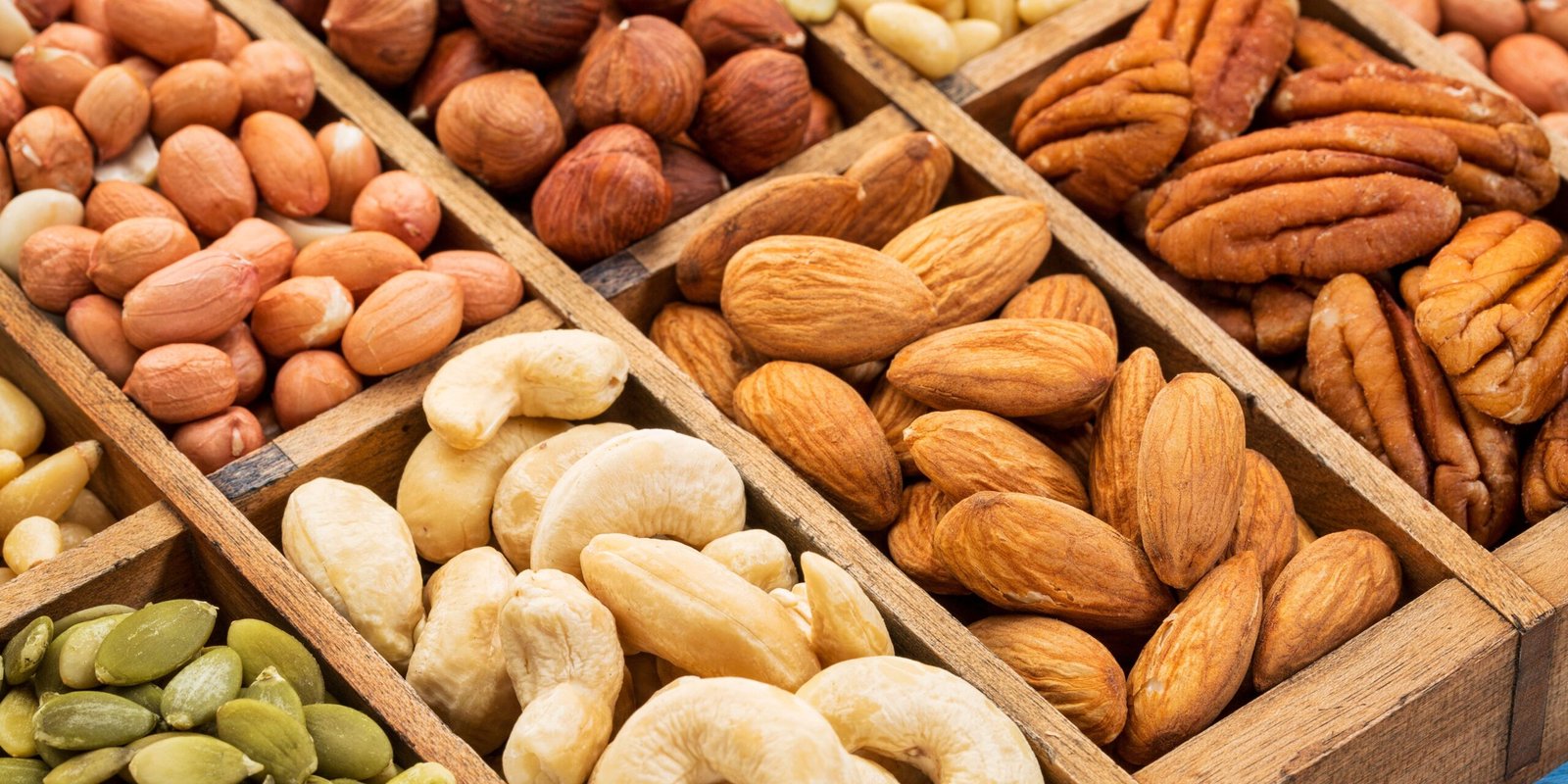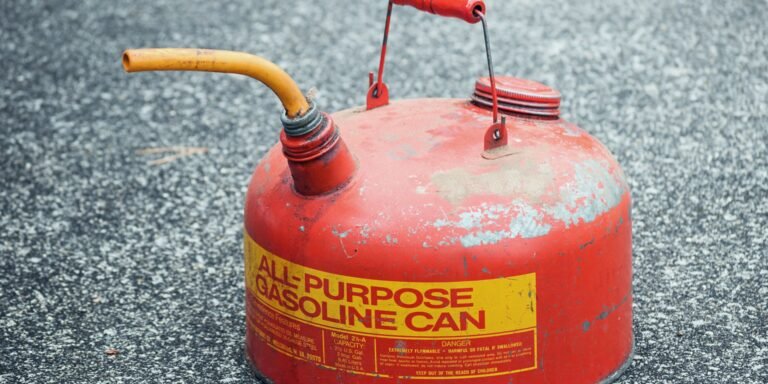Best Food for Bug Out Bag
This post may contain affiliate links, full disclosure here.
Where there is an unexpected need to evacuate due to an emergency situation, a “bug out bag” is essential for survival. A bug-out bag is a portable pack containing essential items that will keep a person alive for at least 72 hours on his journey to a safer location. A well-prepared emergency survival kit will include the best food selection and supply to meet energy and nutritional needs.
The foods that must be packed in a bug-out bag must primarily be non-perishable and lightweight. These should include foods high in calories, protein, and healthy fats, such as nuts, seeds, and dried fruits, to provide the body with the necessary energy boost.
Furthermore, ready-to-eat meals, dehydrated, and freeze-dried food pouches are excellent additions to the bag because they require little preparation.
This article discusses the best selection of foods to include in a bug-out bag. These are chosen using a variety of criteria.
Bug Out Bag Foods To Get
When it comes to food, there are a plethora of options to choose from. Finally, a few factors will narrow them down to a list of the most important and practical food items to include in a bug-out bag.
Nutrition
Protein is a vital inclusion in one’s diet. A gram of protein can contain four calories, providing energy to power the body. One of its functions is to help in building and repairing body tissues. It also aids in the storage and transport of nutrients to every part of the body. Adequate protein intake will help the body increase muscle mass and strength.
Fat is a necessary macronutrient that serves as a source of energy storage. A gram of fat can provide nine calories, making it more calorie-dense than carbohydrates and proteins. Consuming foods high in healthy fats helps a person feel fuller for longer periods of time.
Storage Life
Foods that should be included in a bug-out bag should not spoil quickly and have a long storage life. It is recommended that food stocks be rotated at least every six months. As a result, foods to be packed in the survival kit must have a shelf life of at least 6 months.
Proper care must also be taken with its packaging so that the food does not spoil quickly. Choose foods that can withstand extreme weather or temperature changes.\
Weight
The weight of the bug-out bag should be considered because it may have to be carried for hours or even days at a time. It’s critical that the bag be as portable as possible. As a result, foods and other items should be as light as possible. Foods in packets or pouches are ideal because they can be consumed on the go.
Preparation
Because it is possible that there will be no opportunities to set up a camp or a cooking area along the way, it is best to bring only foods that are easily prepared or do not require any cooking at all. Ready-to-eat meals and pre-cooked food pouches are great options for a bug out bag.
Best Food Options
Based on the criteria discussed above, here is a list of the best foods to keep in a bug out bag. Even with limited resources, it is critical to include a variety of foods in order to achieve a balanced diet.
Nuts
Nuts contain a lot of calories, proteins, fibre, and nutrients. They contain healthy fats that can help fuel a person during endurance activities, so they are high in energy. They come in packets, are lightweight, store well, and can be consumed while on the go.
Peanut Butter
Peanut butter, made from nuts, is high in healthy fats, proteins, and fibres. This can help a person feel fuller for a longer period of time. It is also available in small pouches, making it an ideal addition to a bug-out bag.
Seeds
Seeds, like nuts, are high in healthy fats, proteins, fibres, and minerals that promote energy production and appetite regulation.
Dehydrated Fruit
These are high in calories and fibre, as well as vitamins and minerals. They have the same nutritional value as fresh fruits but are dried and preserved to extend their shelf life. These can be combined with nuts and seeds to make a filling and convenient trail snack.
These are handy meal options that are ideal for packing in a bug out bag. They are a good source of calories and very nutritious. They come in pouches, are lightweight, and can be easily prepared with a small amount of water. Because these meals have been preserved by removing the majority of the moisture content, they can be stored for years without spoiling.
Meal Replacement Bars
These bars are high in carbohydrates, protein, fats, and fibres and are a good source of energy. They are intended to be a ready-to-eat substitute for a complete and balanced meal. They are small and light, making them an excellent addition to a bug out bag’s food supply.
Ready-to-eat Meal (MRE)
One MRE is a complete meal that includes a main course, side dishes, beverage mixes, and accessories. These calorie-dense food packs provide a well-balanced diet of fats, proteins, and carbohydrates. MREs have a three-year shelf life and can be stored for longer periods of time. The packaging is made to withstand harsh conditions. These food packs are great additions to your bug out bag because they are complete, portable, and long-lasting.
Candy
These are also energy-dense foods, with a high calorie content despite their small size. Consuming these can provide a quick jolt of energy to the body due to their high sugar content. Furthermore, they are mood enhancers that can help relieve stress during an emergency.
Water
Water is required for the body to function properly. Staying hydrated should be a top priority, especially during emergencies that necessitate strenuous physical activity.
The Federal Emergency Management Agency (FEMA) recommends that normally active adults drink half a gallon of water per day. As a result, it is critical to pack at least 1.5 gallons of water in your bug out bag to last you 72 hours.
Mineral water and vitamin water, which are enriched with vitamins and minerals, are hydration options. They also have extra calories.
Electrolytes
Electrolytes and carbohydrates are found in sports drinks. They can effectively hydrate and replenish electrolytes lost during strenuous physical activities when consumed. As a result, these are regarded as essential items to include in a bug out bag.
Vitamins
A multivitamin pack is essential to include in a survival kit. In situations where a person’s food intake is limited, the body requires adequate vitamins and minerals from supplements in order to function properly. When forced to evacuate or bug out for an extended period of time, multivitamins will come in handy.
How Much Food to Pack In a Bug Out Bag
It is recommended that an adequate food supply be kept in an emergency kit or bug out bag in order to be self-sufficient for at least 72 hours.
Rotate Food
Examine all items in an emergency kit on a regular basis to ensure they are still in good condition. To keep the food supply fresh and avoid spoilage, rotate the food supply and inspect the expiration dates.
Best Food for Bug Out Bag Bottom Line
Preparing a survival kit entails meticulous planning of the emergency food supplies to be brought along. The goal is to strike a balance between the convenience and portability of the bug out bag and the nutritional and energy requirements required to sustain oneself on his journey.







